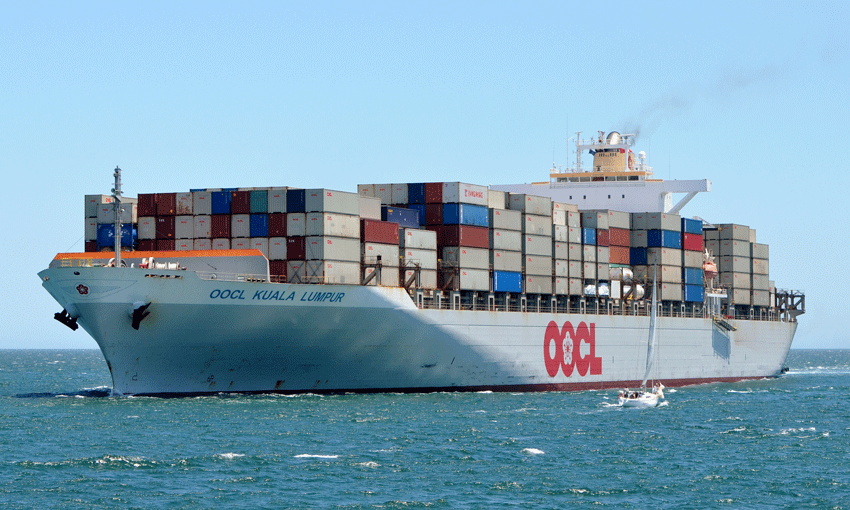THE death of a containership crew member who became trapped between an elevator cage and a bulkhead highlights safety management, an investigation from the Australian Transport Safety Bureau states.
The incident on 3 June, 2018 occurred when the electro-technical officer of the OOCL Kuala Lumpur, which was preparing to enter Port Botany, was testing the ship’s personnel elevator after completing mechanical repairs.
While driving the elevator from the cage top, the ETO became trapped between the moving cage and the bulkhead.
The ATSB investigation found the ETO was last seen alone, on top of the elevator cage, in the safe zone with the elevator control in ‘manual’.
However the exact circumstances as to how and why the ETO then came to be trapped while the elevator moved between floors remains unclear.
According to the ATSB, more than 10 fatal ship elevator accidents have been reported internationally since 2007.
However, according to the ATSB, for the accident to have occurred, the ETO had to have moved from the safe zone, and the elevator control had to have been changed from ‘MANUAL’ to ‘AUTO’ and the elevator called.
The investigation found safety barriers were not in place before the elevator maintenance work began.
This included no warning announcement, and, consequently, all of the ship’s crew had not been warned against using the elevator.
Moreover, there were no warning signs at all elevator access doors.
This allowed an elevator call to be made while work was underway.
“Elevator accidents continue to occur around the world and result in about one fatality per year,” said ATSB director transport safety Stuart Macleod.
“Many of these accidents involve the failure to apply existing safety management procedures and/or identified safety barriers that have proven effective in reducing the risks associated with elevator maintenance.”
Mr Macleod said the ETO was often working alone and riding the elevator cage.
“For any task that is performed on multiple occasions without any adverse consequence, there is the potential for an individual’s perception of risk, or expectancy of a problem, to decrease,” he said.
“This makes it all the more important to always follow documented procedures and safe working practices, even when the operation is considered safe.”
He said accident highlights the need for close and careful supervision for any elevator testing.
“Supervisory oversight provides an opportunity for experienced, senior technical staff to scrutinise and assess the plans and intentions of those completing the task,” Mr Macleod said.
“This provides an external check and safety barrier before, and during, the work.”

